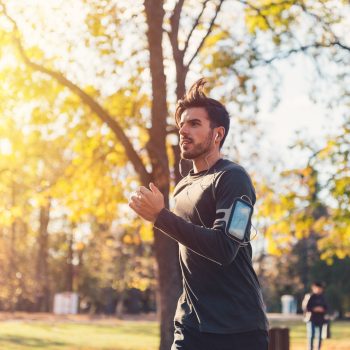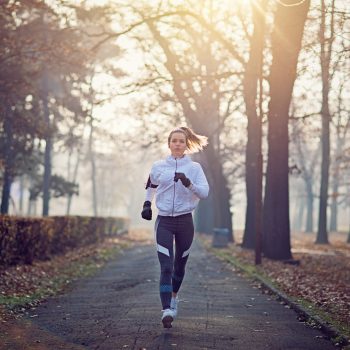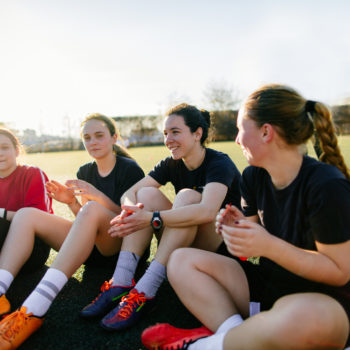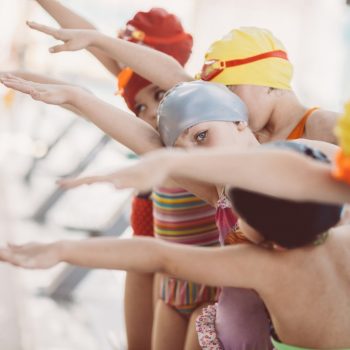The dog is a man’s best friend and best companion for physical activity. Thanks to a dog, an elderly person could increase the amount of time he devotes to physical activity and be less sedentary. This is what researchers from some British universities have seen in a study published in the Journal of Epidemiology & Community Health: “The company of a domestic animal is one of the available resources with which to motivate an elderly person to leave home, with evident effects on his psycho-physical wellbeing”, recalls Professor Daniela Lucini, Head of the Humanitas Section of Exercise Medicine.
The research team analyzed the data for more than three thousand individuals with an average of about 70 years of age, who were asked to wear a pedometer for seven consecutive days while walking. About one-fifth of the participants were dog-owners, and in two out of three cases the four-legged friend was taken for a walk at least once a day. In the remaining cases the dog was walked less than once a day.
Having a dog made a difference
Those who went out for a walk every day with their pet had a physical activity level of more than 20%, reducing about 30 minutes of sedentary activity a day. On rainy days these seniors were more active than all the others. Even in these days, their level of physical activity was higher than that of older people who did not own a dog.
Rain, sun, cold: there is no climate that limits the needs of a dog: “Having a dog forces one to leave the house simply for the pet’s wellbeing. In the case of a more sedentary person of age, affection for her dog can become a trigger for being active and moving,” explains Professor Lucini.
The benefits of physical activity are known and available at all ages. But simply saying “do physical activity because it’s good” is sometimes not enough: “Motivating someone to get moving means helping them find those resources with which to turn their desire into a real objective. This objective must be realistic and achievable. Aiming too high can have the opposite effect and discourage that person by frustrating their efforts,” the specialist points out.
Objective: regularity
In the case of an elderly person who objects about the opportunity to leave home, the company of a dog can be one of those resources with which to overcome this resistance: “You go out to walk your dog and at the same time you get different benefits, starting with those of a physical nature with repercussions on mental and social well-being in the event that an elderly person lives in conditions of isolation”.
Walking the dog outside will satisfy the criterion of continuity, define a daily routine and ensure that the dose of mild to moderate intensity of physical activity useful for the elderly is assured. With a little physical activity every day you can also help control the symptoms of chronic diseases typical of old age,” concludes Professor Lucini.








